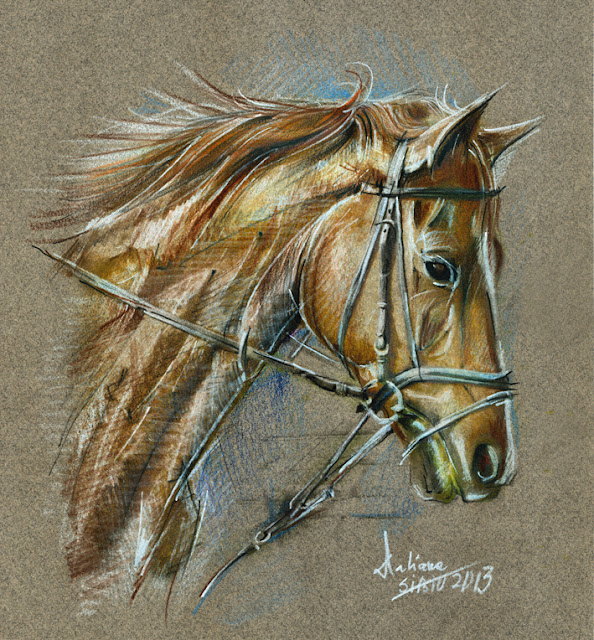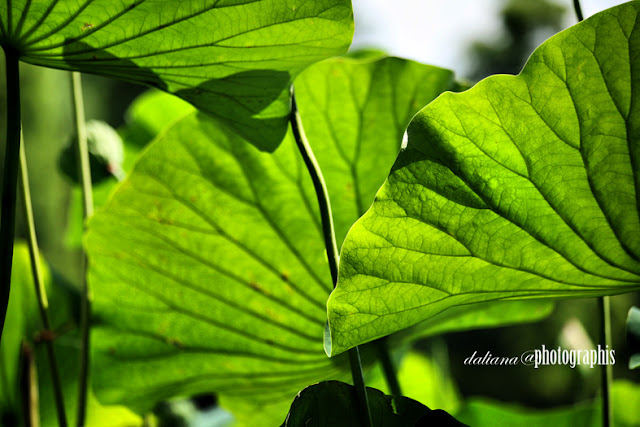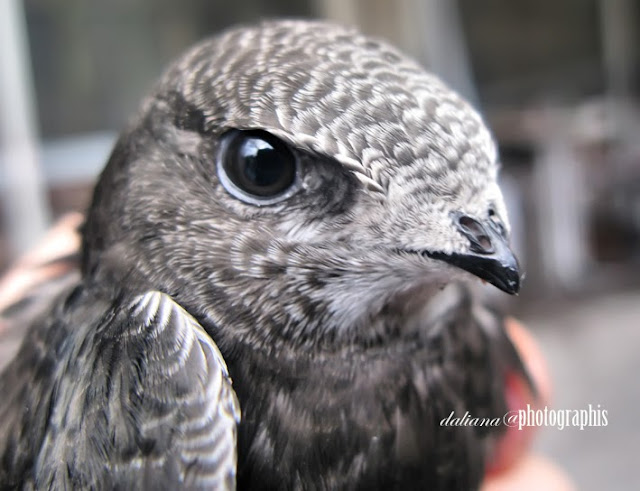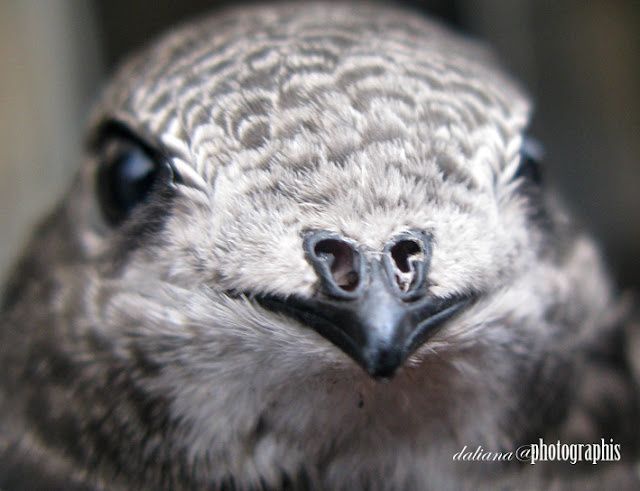Când a binevoit Hristos Dumnezeul nostru ca sa ia pe Maica Sa la
Sine, atunci cu trei zile mai înainte a facut-o sa cunoasca, prin
mijlocirea îngerului, mutarea sa cea de pe pamânt. Caci Arhanghelul
Gavriil, venind la dânsa, a zis: "Acestea zice Fiul tau: Vremea este a
muta pe Maica Mea la Mine. Nu te teme de aceasta, ci primeste cuvântul
cu bucurie, de vreme ce vii la viata cea nemuritoare". Nascatoarea de
Dumnezeu s-a bucurat cu bucurie mare, si cu dorul ce avea ca sa se mute
la Fiul sau, s-a suit degrab în Muntele Maslinilor ca sa se roage, caci
avea obicei de se suia adesea acolo de se ruga. Si s-a întâmplat atunci
un lucru minunat. Când s-a suit acolo Nascatoarea de Dumnezeu, atunci de
la sine s-au plecat pomii ce erau pe munte, si au dat cinstea si
închinaciunea ce se cadea catre Stapâna, ca si cum ar fi fost niste
slugi însufletite.
Dupa rugaciune s-a întors acasa, si îndata s-a cutremurat casa cu
totul, iar ea, aprinzând multe lumânari si multumind lui Dumnezeu si
chemând rudeniile si vecinii, si-a grijit toata casa, si-a gatit patul
si toate cele ce se cadea de îngroparea ei. Si a spus cele ce i-a zis
îngerul, despre a sa mutare la cer. Iar spre încredintarea celor zise, a
aratat si darul ce i se daduse: o stâlpare de finic. Iar femeile
chemate, daca au auzit acestea, au plâns cu tânguire si cu lacrimi si au
suspinat cu jale. Deci potolindu-se ele din tânguire, s-au rugat sa nu
ramâna sarace de dânsa. Iar Preacurata le-a adeverit, ca mutându-se la
ceruri, nu numai pe dânsele, ci si pe toata lumea o va cerceta si o va
umbri. Si asa alina întristarea cea mare cu cuvinte mângâietoare. Apoi a
aratat despre cele doua vesminte ale sale ca sa le ia doua vaduve
sarace, fiecare din ele câte unul, care-i erau ei prietene si cunoscute
si de la dânsa le era hrana.
Si vorbind ea acestea si învatând, s-a facut fara de veste sunet de
grabnic tunet, si aratare de multi nori, care aduceau de la marginile
lumii, pe toti ucenicii lui Hristos la casa Maicii lui Dumnezeu. Între
care erau si de Dumnezeu înteleptii ierarhi: Dionisie Areopagitul,
Ierotei si Timotei. Acestia, daca au aflat pricina venirii lor, asa
adunati fiind, au zis aceste cuvine catre dânsa: "Noi, o, Stapâna,
stiindu-te în lume, ca si cu singur Stapânul nostru si Dascalul ne
mângâiam; dar acum cum vom putea sa suferim greul acesta? Însa de vreme
ce cu voia Fiului si Dumnezeului tau te muti spre cele ce sunt mai
presus de lume, pentru aceasta plângem, precum vezi si lacrimam, cu
toate ca într-alt chip ne bucuram despre cele ce sunt asupra ta
rânduite". Acestea au zis si varsau lacrimi, iar ea a zis catre dânsii:
"Prietenii mei si ucenicii Fiului si Dumnezeului meu, nu faceti bucuria
mea plângere, ci-mi îngrijiti trupul, precum eu îl voi închipui pe pat".
Când s-au savârsit cuvintele acestea, iata a sosit si minunatul
Pavel, vasul cel ales, care cazând la picioarele Maicii lui Dumnezeu,
s-a închinat si deschizându-si gura a laudat-o cu multe cuvinte, zicând:
"Bucura-te Maica Vietii, împlinirea si încheierea propovaduirii mele;
ca macar ca pe Hristos Fiul tau trupeste pe pamânt nu L-am vazut, însa
pe tine vazându-te, mi se parea ca pe Dânsul Îl vad".

Dupa
aceasta, luând Fecioara iertaciune cu toti, s-a culcat pe pat si si-a
închipuit preacuratul sau trup precum a vrut; si a facut rugaciune
pentru întarirea lumii si pasnica ei petrecere, si i-a umplut si pe
dânsii de binecuvântarea ei. Si asa în mâinile Fiului si Dumnezeului sau
si-a dat sufletul.
Si îndata ochii orbilor s-au luminat si auzul surzilor s-a deschis,
ologii s-au îndreptat si tot felul de patima si de boala lesne se
tamaduia. Dupa aceea a început Petru cântarea cea de iesire si ceilalti
Apostoli; unii au ridicat patul, altii mergeau înainte cu faclii si cu
cântari, petrecând spre mormânt trupul cel primitor de Dumnezeu. Atunci
s-au auzit si îngerii cântând si vazduhul era plin de glasurile cetelor
celor mai presus de firea omeneasca.
Pentru aceste lucruri, mai-marii iudeilor, invitând pe unii din
popor, i-au plecat sa se ispiteasca a surpa jos patul în care zacea
trupul cel de viata începator, si a-l lepada pe dânsul. Dar dreptatea
lui Dumnezeu ajungând pe îndraznetii si obraznicii aceia; le-a facut
pedeapsa tuturor prin orbirea ochilor. Iar pe unul dintr-însii, care mai
nebuneste se pornise de apucase acel sfânt pat, l-a lipsit si de
amândoua mâinile, care au ramas spânzurate de pat, taiate de dreapta
judecata a lui Dumnezeu. Iar acela, crezând din tot sufletul, a aflat
tamaduire, si s-a facut sanatos ca si mai-nainte. În acelasi chip si cei
ce orbisera, crezând si punând asupra lor o parte din poala patului, au
dobândit vindecare.
Iar Apostolii, sosind la satul Ghetsimani, au asezat acel de viata
începator trup în mormânt, si au stat trei zile lânga dânsul, auzind
neîncetat glasuri îngeresti.
Si de vreme ce, dupa dumnezeiasca rânduiala, a lipsit unul din
Apostoli, adica Toma, care nu s-a aflat la preamarita îngropare, ci
sosind cu trei zile mai pe urma, era mâhnit foarte si întristat, ca nu
se învrednicise sa vada si el ca si ceilalti Apostoli trupul; si au
deschis cu socoteala mormântul pentru dânsul ca sa se închine si el
acelui preasfânt si preacurat locas, adica trupului Nascatoarei de
Dumnezeu. Si daca a vazut s-a minunat ca a aflat mormântul fara de
sfântul trup, si era numai giulgiul, care ramasese mângâiere Apostolilor
si tuturor credinciosilor, si marturie nemincinoasa a mutarii
Nascatoarei de Dumnezeu. Ca si pâna astazi mormântul cel cioplit în,
piatra, asa se vede desert de trup si este cinstit ca închinaciune,
întru marirea si cinstea preabinecuvântatei maritei stapânei noastre, de
Dumnezeu Nascatoarei si pururea Fecioarei Maria.
calendar-ortodox.ro
The Feast of the Dormition of the Mother of God (
Adormirea Maicii Domnului)
is an annual national holiday in Romania on August 15. It celebrates
the Christian belief that God assumed the Virgin Mary into Heaven
following her death.
The feast day of the Assumption of Mary, or simply Assumption Day or St
Mary’s Day, is one of the most important feasts in the Orthodox
Christian calendar. Large crowds gather in processions and pilgrimages
involving thousands of Romanians occur at Moisei in Maramureș, Nicula in
Transylvania and Putna in Moldavia. St Mary is the patron saint of the
Navy, so the holiday corresponds with the Day of the Romanian Naval
Forces, also known as Navy Day. Events, such as demonstrative shows
featuring navy ships, are held in port cities and often attract
thousands of visitors on August 15.
Assumption Day is a national public holiday in Romania so banks,
public offices, and many private businesses are closed. People intending
to travel via public transport during public holidays must check with
the public transit authorities on any changes to time schedules.
Assumption Day commemorates the belief that when Mary, the mother of
Jesus Christ, died, her body was not subjected to the usual process of
physical decay but was “assumed” into heaven and reunited there with her
soul. This holiday, which has been celebrated since the 4th century CE,
is a Christianization of an earlier harvest festival and, in many parts
of Europe, is known as the Feast of Our Lady of the Harvest. Assumption
Day is celebrated in many countries worldwide.



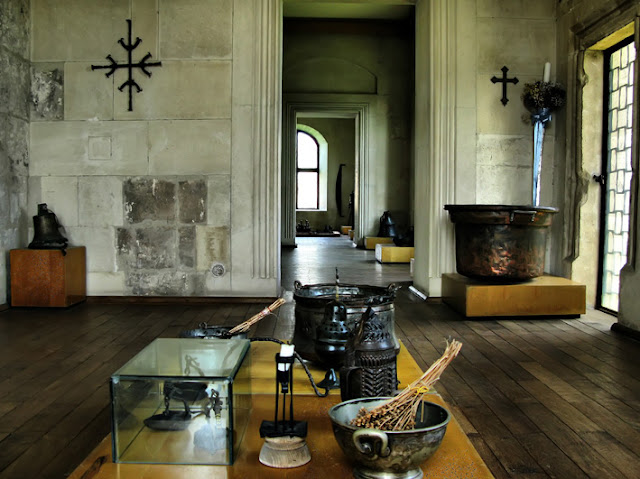


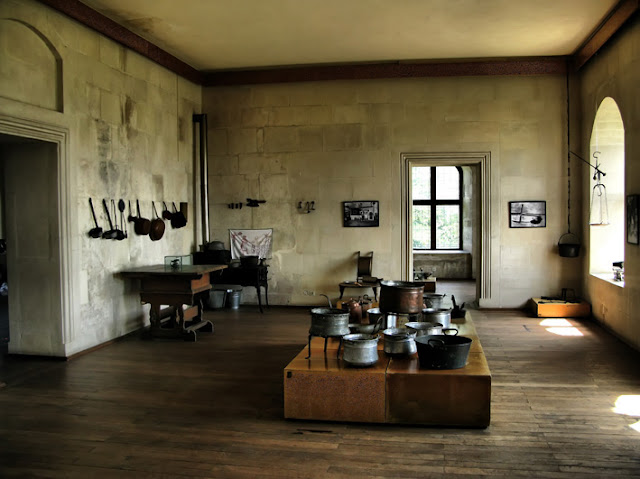
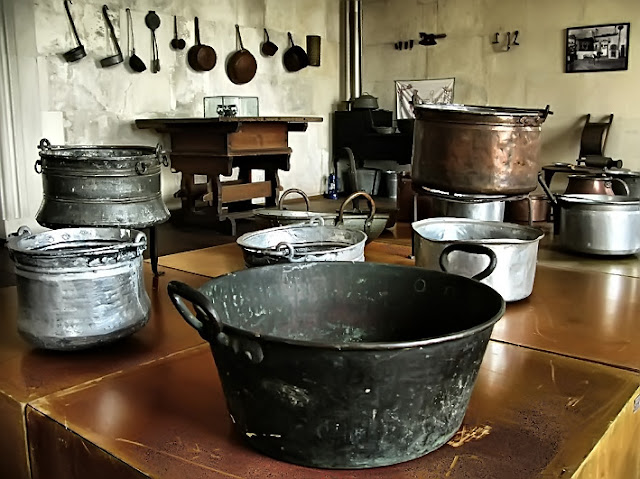




 Dupa
aceasta, luând Fecioara iertaciune cu toti, s-a culcat pe pat si si-a
închipuit preacuratul sau trup precum a vrut; si a facut rugaciune
pentru întarirea lumii si pasnica ei petrecere, si i-a umplut si pe
dânsii de binecuvântarea ei. Si asa în mâinile Fiului si Dumnezeului sau
si-a dat sufletul.
Dupa
aceasta, luând Fecioara iertaciune cu toti, s-a culcat pe pat si si-a
închipuit preacuratul sau trup precum a vrut; si a facut rugaciune
pentru întarirea lumii si pasnica ei petrecere, si i-a umplut si pe
dânsii de binecuvântarea ei. Si asa în mâinile Fiului si Dumnezeului sau
si-a dat sufletul.












